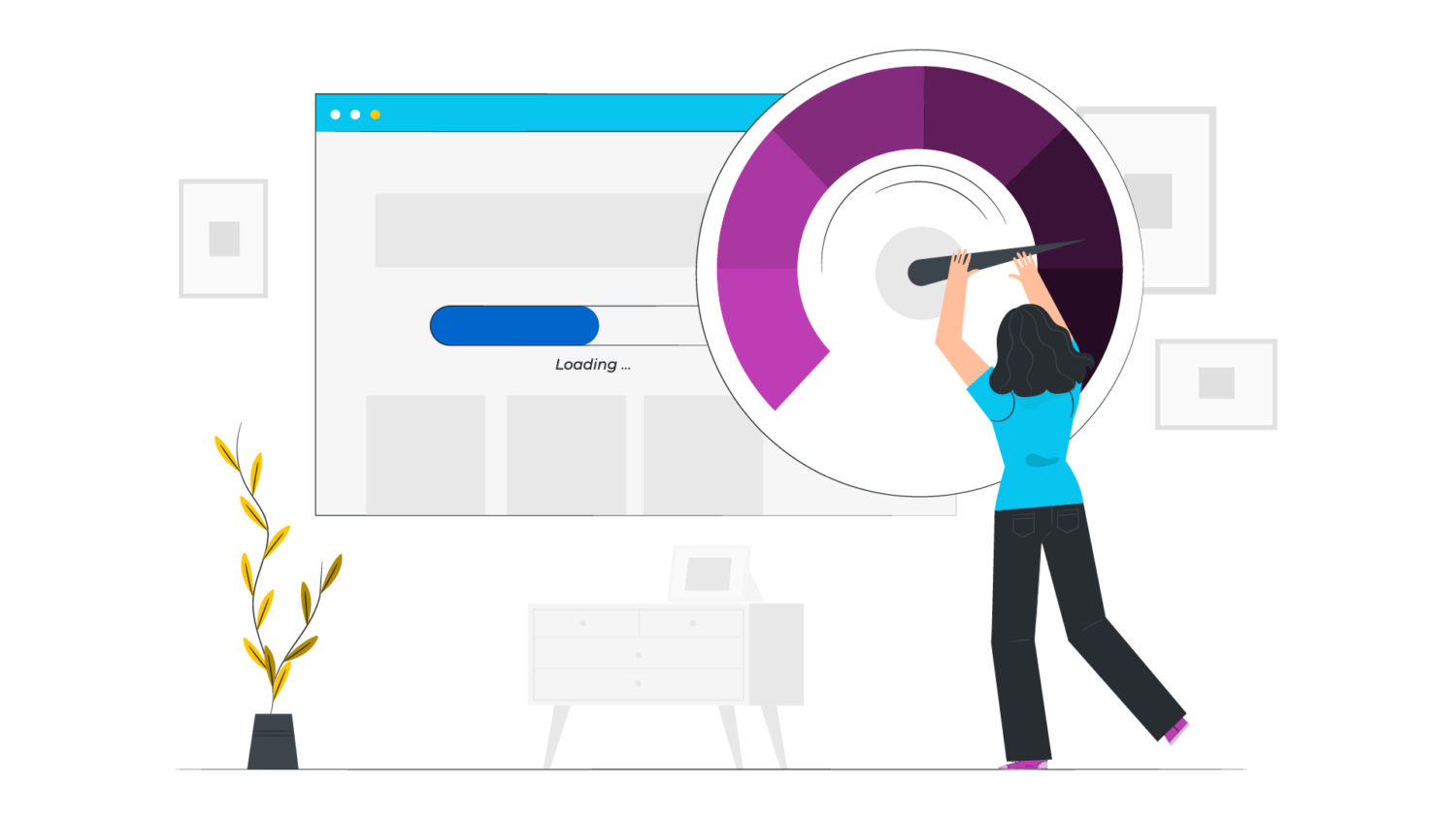How can we help?

Please get in touch using the form below.

Have you ever been on a website that takes so long to load that, in the end, you give up?
2 minute read
We’ve all been on a website that is just too slow. Slow websites kill conversions. Below we explore why.
Think with Google’s research tells us that the longer your page takes to load, the higher the bounce rate:
Those are some pretty high probabilities, especially when you consider that the average website takes about 15 seconds to load. Google suggests that to follow best practices, both your mobile and desktop site should load in under 3 seconds. If you’re wondering how long your website takes to load, why not test it using Google’s PageSpeed tool.
One survey tells us that 79% of respondents said they wouldn’t return to a website with poor speed performance. But, of course, we already know that users are demanding more immersive, personalised experiences than ever before, but now businesses need to be delivering this fast.
Make sure your key landing pages have appropriately sized images and optimised JavaScript and CSS. If you’re not sure about this, speak to your development agency. You should also keep your 301 redirects to a minimum, as these can also slow your website down.
In the long run, a slow website will negatively impact your website’s ranking in search results. This is because search engines such as Google are working hard to return the best experience for users. If your site continuously loads slowly, your bounce rate will be high, and this tells Google that your website isn’t providing a positive experience. Therefore, the sites providing great experiences, fast, will be prioritised above yours in the results for the same terms.


Our friendly team of designers, developers and digital specialists are ready and waiting to help with your website project.